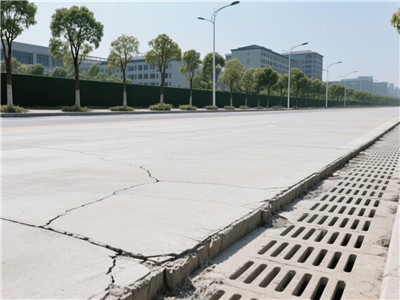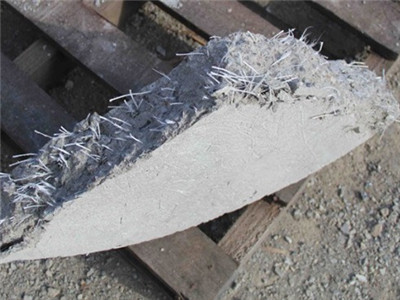The Function Of Polypropylene Fibers In Reinforced Concrete
Polypropylene Fiber Reinforced Concrete, abbreviated as PPFRC, is a composite material that incorporates a certain amount of polypropylene fibers into the ordinary concrete matrix. Through the synergistic effect between the fibers and the concrete matrix, it improves the mechanical properties and durability of the concrete.
Polypropylene fibers (PP fibers) are usually in the form of chopped fibers (with lengths mostly ranging from 6 to 20 mm), and there are also continuous fibers or mesh-like fibers. The fiber diameters are generally between 10 and 50 micrometers. They have the characteristics of light weight, resistance to acid and alkali corrosion, and high toughness.
Main functions and performance improvements
The addition of polypropylene fibers does not significantly increase the compressive strength of concrete , but optimizes performance through the following mechanisms:
◆Crack resistance: The fibers are uniformly dispersed in the concrete, which can inhibit micro-cracks generated during the volume shrinkage of cement hydration, reducing the occurrence and expansion of early plastic cracks and drying shrinkage cracks.
◆Toughness and impact resistance: When the concrete is under tension or impact, the fibers can bridge cracks, share stress, and delay crack development, transforming the concrete from brittle failure to ductile failure, thereby enhancing impact resistance and fatigue resistance.
◆Durability: Reducing the number and width of cracks, reducing the penetration paths of harmful substances such as water and chloride ions, improving the impermeability, frost resistance, and carbonation resistance of concrete.
◆Workability: Appropriate amounts of fibers can reduce segregation and bleeding during concrete pouring, improving workability.





